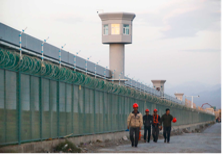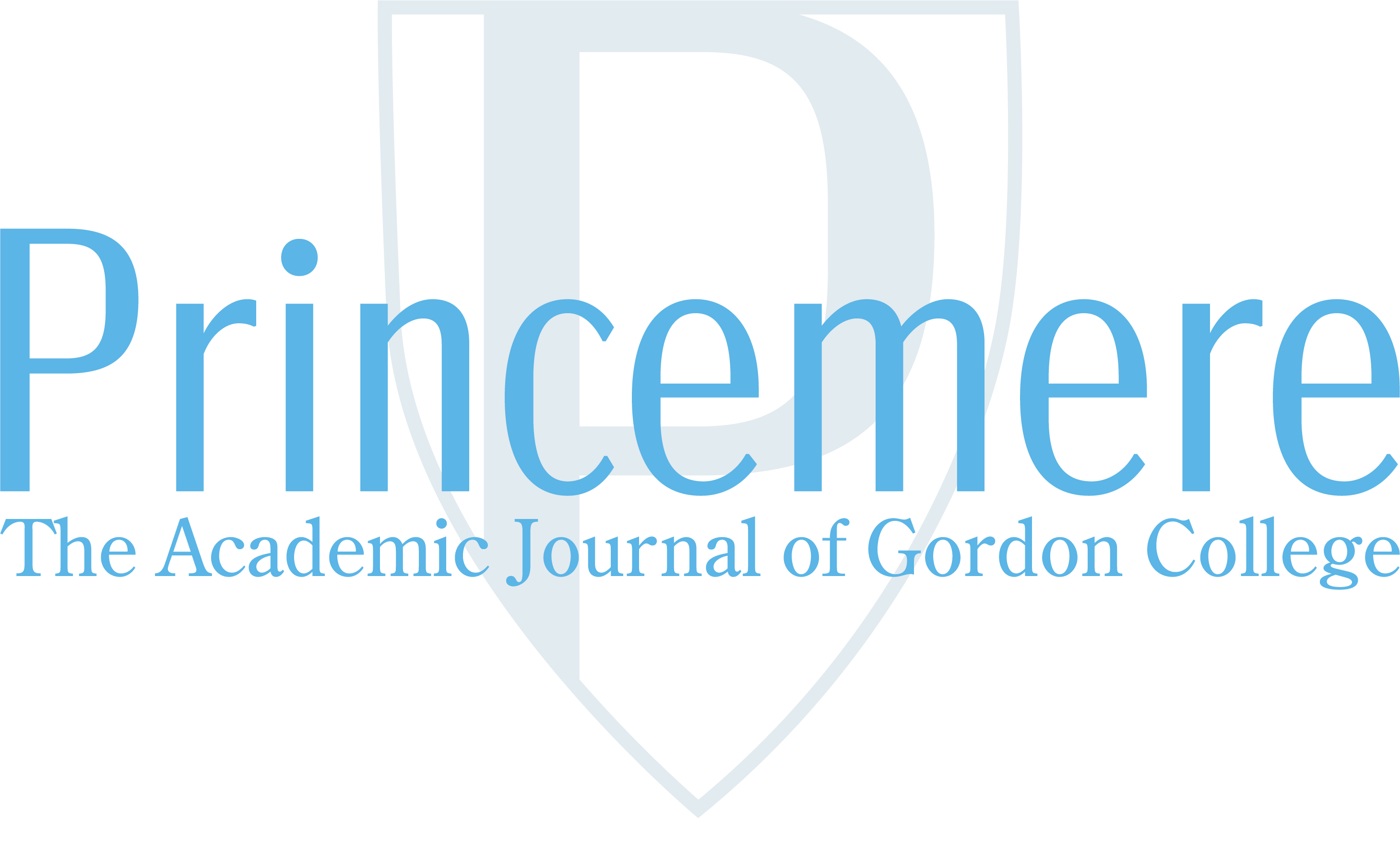“You can’t tell anyone what happened, you can only lie down quietly. It is designed to destroy everyone’s spirit.”
“There were many people in those cells who lost their minds.”
“The screams echoed throughout the building. I could hear them during lunch and sometimes when I was in class.”
“Their goal is to destroy everyone. And everybody knows it.”[1]
I. Introduction
Xinjiang is the largest and one of the most ethnically diverse regions in China, home to nearly thirteen million Uyghur Muslims, nine million Han Chinese, and one and a half million Kazakhs and other minority populations (Denyer; Mauk). According to testimony on the Senate floor, “some of the worst human rights abuses are occurring unchecked in the Xinjiang Uyghur Autonomous Region” (Senate Committee). The Chinese government has been steadily increasing its involvement in the region for decades and, since 2017, has instituted “reeducation camps” where Muslim minorities are being detained (Mauk; Baidu). The secret nature of the camps prevents U.S. officials from reporting specific numbers, but it is estimated that there are at least one million, and possibly more than two million, Uyghurs and members of other Muslim minorities currently being held in the internment camps (Senate Committee). It is likely the largest internment of ethnic and religious minorities since World War II (Mauk).
In previous years, the Chinese government denied any existence of the internment camps. However, as numerous reports from former detainees and investigative journalists emerged, China chose to address the issue on the international stage (Senate Committee). At the UN Committee on the Elimination of Racial Discrimination, Chinese officials confirmed the existence of the camps but stated that they were “vocational education centers” that were instituted to assist people in Xinjiang (Cumming-Bruce). In actuality, the internment camps are the Chinese government’s attempt to “rewrite the cultural heritage” of Xinjiang so that they may ultimately “render those indigenous cultural traditions subservient to the ‘Chinese nation’” (Ruser et al). Invasive restrictions on religion, speech, movement and thought are the reality for millions of Muslim minorities currently living in Xinjiang. The Chinese government is an illustration of how unlimited governments are capable of committing unlimited evils. Without appropriate checks that ensure fundamental freedoms, peace is not possible.
II. History of Government Involvement in Xinjiang
The region of Xinjiang has a long history of involvement with the Chinese government. Only through this history can one comprehend the government’s desire for control of this population. In the first half of the twentieth century, separatist movements took over the region twice, attempting to create an independent nation named East Turkestan (Mauk). The Chinese Communist Party (CCP) desperately wants to hold onto Xinjiang. It fears separatist movements could incite the Communist regime’s collapse and result in the subsequent secession of Taiwan and Tibet (Dwyer 91). China responded in the 1950s to the separatist movements by encouraging the migration of China’s dominant ethnic group, the Han Chinese, to Xinjiang (Becquelin 76). Claims were made that the region was underpopulated and mineral-rich in order to incentivize opportunistic citizens to migrate. The government sponsored large development projects, building state-owned factories, mines, and oil fields, all of which were overseen by Han settlers (Bovingdon 5). In 1949, Han Chinese made up five percent of the population in Xinjiang. By the 1980s, Han Chinese made up around forty percent (Becquelin 69).
By the 1990s, Uyghurs and Kazakhs felt marginalized in their homeland and believed the policies unfairly benefitted the migrant population. Inequality had drastically increased along ethnic lines, and unrest among some Uyghurs was growing (Bovingdon 7). In the 1990s, Uyghur dissidents clashed with the police, resulting in more than ten dead (Dwyer 92). Similar attacks occurred, albeit infrequently, throughout the next decade, and the government increased its regulation in the region (Bovingdon 8).
In 2001, the Chinese government used the 9/11 attacks to justify fears concerning terrorism and religious extremism (Millward 7). Unrest continued to build. In 2009, around one thousand residents of Xinjiang gathered to protest the deaths of two Uyghur factory workers and widespread economic and cultural discrimination (Maizland). While the protest began as nonviolent, riots broke out, leaving nearly two hundred dead. Experts say that this event “marked a turning point in Beijing’s attitude toward Uyghurs” (Maizland). The Chinese government instated tighter restrictions, implementing a crackdown on Uyghur expression (Mauk). In addition, the government adopted the view that all Uyghurs were potential terrorists. Uyghurs would be blamed for attacks at government offices, train stations, as well as the protests in Tiananmen Square (Maizland).
After more violence in 2013, the government launched its “Strike Hard Campaign against Violent Terrorism” (HRW). At its announcement, Xi Jinping called for a “people’s war against terrorism” and called upon the public to “make terrorists like rats scurrying across a street, with everybody shouting, ‘beat them!’” (People’s Daily Online). Uyghurs living in Xinjiang were required to return home and receive checkpoint passports, which the government labeled “people’s convenience cards” (HRW). These cards severely restricted freedom of movement, and by 2016 some Uyghurs could not leave their hometowns. Satellite imagery has revealed that during this time, the government began building the vast majority of its political education camps (Wen and Auyezov). Between April of 2017 and August of 2018, the physical size of the camps tripled. Collectively, the 39 facilities cover an area roughly the size of 140 soccer fields (Wen and Auyezov).


In official Chinese government documents, the CCP recounts its version of the government’s involvement in Xinjiang. The documents state, “for a long time, terrorist and extremist forces have been beating the drum for separatist activities” (China). They continue these claims: “in the name of ethnicity and religion they…spread religious extremism, and incite the common people to join in violent and terrorist activities.” “These inhuman, anti-social and barbaric acts have brought enormous suffering to all ethnic groups in Xinjiang” (China). The government concludes the issue by stating that “happiness is the most important human right…In today’s world, faced with the severe challenges of terrorism and extremism, no country can shy away from them” (China).
It is imperative to note that violence from Uyghur militants has never been at a large enough scale to threaten Communist control (Ramzy and Buckley). While deadly attacks have occurred, they remain “relatively small, scattered, and unsophisticated” (Ramzy and Buckley). Additionally, the frequency and severity of the attacks have declined since 1997 (Millward 8). The Chinese government’s claims that it must quell the extremism that has taken over Xinjiang are absurd on their face. Uyghurs have committed militant and terrorist attacks. However, to use sporadic attacks to justify the mass detainment of Muslims solely on the basis of their religion is iniquitous. Furthermore, we must note that China has other motivating factors influencing its interest in the region. Xinjiang is home to China’s largest coal and natural gas reserves (Bovingdon 2), and thus, it is a vital part of China’s Belt and Road Initiative – a development plan spanning Asia and Europe. Xinjiang serves an essential economic interest to China, and, as such, China feels it necessary to eradicate any possibility of separatist movements (Maizland). The government emphatically claims that the restrictions in Xinjiang are necessary, and the camps are purely for “reeducation” purposes (Martina). Yet, an examination of the region’s history reveals a methodical plan to control the region justified by militant attacks from disparaged Uyghurs.
Continued on the Next Page

